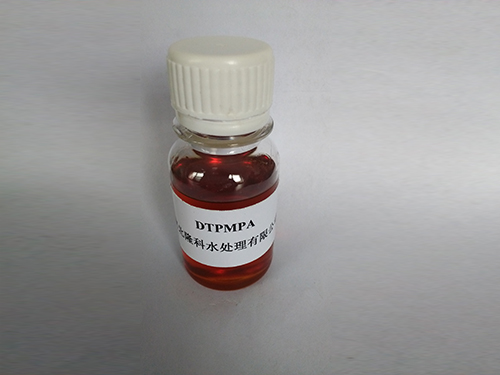hedp phosphonate
The Role of HEDP Phosphonate in Modern Applications
HEDP, or Hydroxyethylidene Diphosphonic Acid, is a type of phosphonate compound that has found extensive use in various industrial applications due to its unique properties. This compound, which contains two phosphonic acid groups, is characterized by its ability to chelate metal ions and inhibit scale formation, making it an invaluable component in various fields such as water treatment, metallurgy, and even agriculture.
The Role of HEDP Phosphonate in Modern Applications
In addition to its scale-inhibiting properties, HEDP also exhibits excellent corrosion inhibition capabilities. Corrosion can lead to significant financial losses and safety hazards in industrial settings, especially in systems that handle aggressive media. HEDP’s ability to form a protective film on metal surfaces helps prevent corrosion, thereby prolonging the life of equipment and reducing the risk of leaks and failures. This makes it a preferred additive in many industrial formulations aimed at protecting infrastructure.
hedp phosphonate

Furthermore, HEDP has found applications in the textile and detergent industries. It serves as a processing aid in textile manufacturing, where it helps to improve the quality of dyed fabrics by preventing the formation of insoluble precipitates. In detergents, HEDP acts as a powerful chelating agent that enhances cleaning efficiency by binding to metal ions that could otherwise interfere with the cleaning process. This ensures that the detergent remains effective even in hard water conditions, making it more versatile and efficient.
In agriculture, HEDP is utilized as a fertilizer additive. It improves the solubility of essential nutrients, making them more bioavailable to plants. By preventing the precipitation of nutrients like calcium and magnesium, HEDP enhances nutrient uptake, promoting healthier plant growth. This application is particularly beneficial in regions with alkaline soils, where nutrient availability can be a significant challenge for farmers.
Despite the numerous benefits of HEDP, it is essential to consider its environmental impact. Phosphonates like HEDP are persistent in the environment and can contribute to the eutrophication of water bodies if not managed properly. Eutrophication occurs when excess nutrients lead to algal blooms, which can be detrimental to aquatic ecosystems. Therefore, the use of HEDP must be managed carefully, with a focus on minimizing its release into the environment.
In conclusion, HEDP phosphonate is a versatile compound with a wide range of applications in water treatment, metallurgy, textiles, detergents, and agriculture. Its unique properties, including scale and corrosion inhibition, make it a valuable asset in industrial processes. However, the potential environmental impact necessitates responsible use and ongoing research to mitigate any negative effects. As industries continue to seek efficient and sustainable solutions, HEDP remains a critical component in promoting operational efficiency while addressing environmental concerns.
-
Pbtc Scale InhibitorPBTC: A Scale Protector for Industrial Water TreatmentNewsAug.05,2025
-
Organic Phosphonate: An Efficient Defender in the Field of Scale InhibitionNewsAug.05,2025
-
Hydrolyzed Polymaleic Anhydride: Green Pioneer in Scale Inhibition FieldNewsAug.05,2025
-
PAPEMP Polyamino Polyether Methylene Phosphonic Acid For SaleNewsAug.05,2025
-
Flocculant Water Treatment: A Pioneer in Purification in the Field of Water TreatmentNewsAug.05,2025
-
Benzyl Isothiazolinone: An Efficient and Broad-Spectrum Antibacterial Protective GuardNewsAug.05,2025





